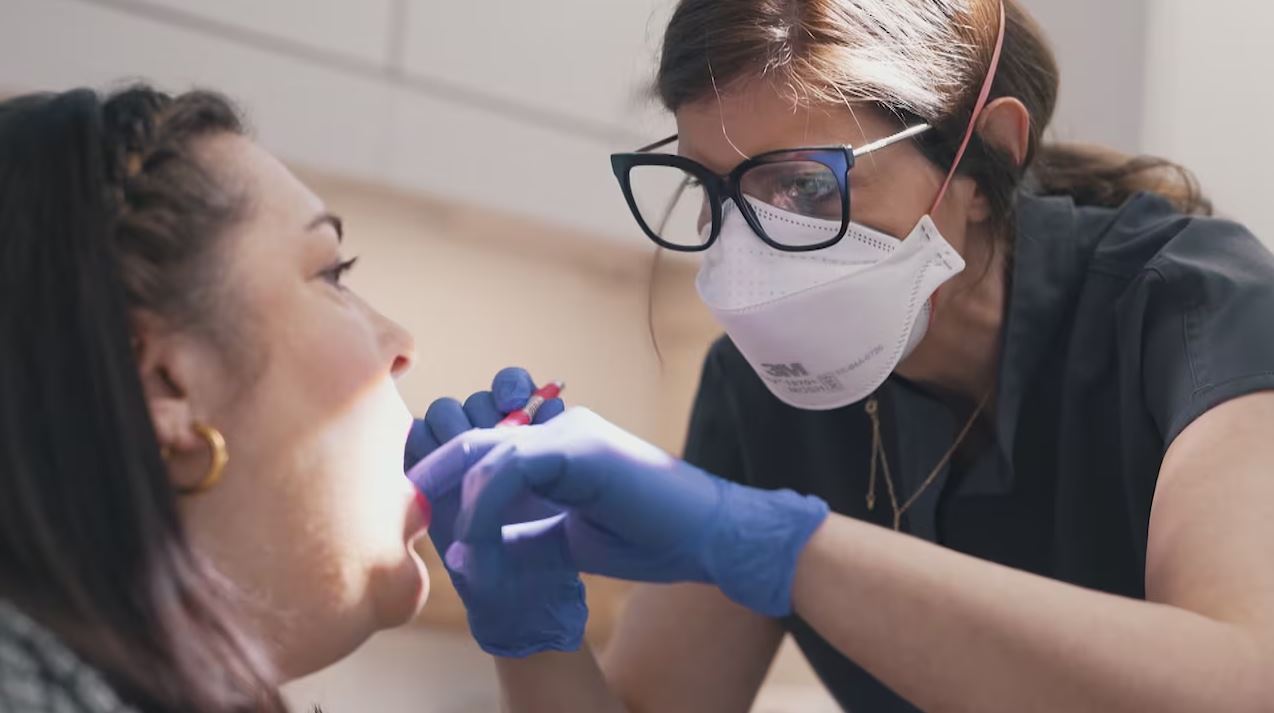Introduction
Living with fibromyalgia involves navigating not only the physical challenges but also the emotional burden of having your pain doubted by others. Misunderstandings and skepticism about fibromyalgia pain can strain relationships and create feelings of isolation. This article provides practical strategies for starting a conversation with someone who doubts your fibromyalgia pain, aiming to foster understanding, empathy, and support.
Understanding Fibromyalgia
What is Fibromyalgia?
Fibromyalgia is a chronic condition characterized by widespread musculoskeletal pain, fatigue, and a variety of other symptoms, such as sleep disturbances and cognitive issues often referred to as “fibro fog.” The exact cause of fibromyalgia is unknown, but it is believed to involve a combination of genetic, environmental, and psychological factors.
Common Symptoms
- Widespread Pain: Persistent pain affecting both sides of the body.
- Fatigue: Chronic tiredness that does not improve with rest.
- Sleep Issues: Difficulty falling asleep, staying asleep, or experiencing restful sleep.
- Cognitive Problems: Issues with memory, attention, and concentration.
- Other Symptoms: Headaches, irritable bowel syndrome, and mood disorders such as anxiety and depression.
Preparing for the Conversation
Educate Yourself
Before initiating a conversation, ensure you have a thorough understanding of fibromyalgia. Being well-informed about the condition, its symptoms, and its impact on daily life can help you communicate more effectively and confidently.
Choose the Right Time and Place
Select a time and place where both you and the other person can speak without distractions. A calm, private setting can facilitate a more open and honest dialogue.
Stay Calm and Patient
Approaching the conversation with a calm and patient mindset is crucial. Prepare yourself for potential skepticism and be ready to respond with empathy and understanding.
Starting the Conversation
Express Your Feelings
Begin by expressing your feelings honestly and clearly. Explain how doubting your pain affects you emotionally and physically. Use “I” statements to avoid sounding accusatory, such as “I feel hurt when my pain is questioned.”
Share Information
Provide information about fibromyalgia to help the other person understand the condition better. Share educational resources, such as articles, videos, or brochures, that explain fibromyalgia and its symptoms. Personal anecdotes can also be powerful in conveying the reality of your experience.
Address Misconceptions
Gently address any misconceptions the other person may have about fibromyalgia. Explain that it is a real, medically recognized condition, and that its symptoms can vary in intensity and presentation.
Use Analogies
Analogies can be effective in helping others grasp the nature of fibromyalgia pain. For example, you might compare the pain to the soreness felt after a strenuous workout or the flu-like aches experienced during an illness.
Building Understanding and Empathy
Encourage Questions
Invite the other person to ask questions about fibromyalgia and your experiences. This shows that you are open to discussion and helps them feel more comfortable engaging with the topic.
Be Honest About Your Limitations
Share the ways in which fibromyalgia limits your daily activities and overall quality of life. Be specific about the challenges you face, such as difficulty performing household tasks, maintaining employment, or participating in social activities.
Highlight Your Efforts
Emphasize the efforts you make to manage your condition and maintain your responsibilities. This can help the other person see that you are proactive in seeking treatment and coping with your symptoms.
Maintaining a Positive Dialogue
Stay Open and Receptive
Remain open to the other person’s perspective, even if they initially express doubt or skepticism. Acknowledge their feelings and gently guide the conversation back to your experiences and the facts about fibromyalgia.
Reinforce the Importance of Support
Explain how important their support and understanding are to you. Highlight the positive impact that empathy and encouragement can have on your well-being and ability to manage fibromyalgia.
Offer Resources
Provide resources for further reading or support. Suggest reputable websites, books, or support groups where the other person can learn more about fibromyalgia and connect with others who have similar experiences.
Following Up
Express Gratitude
Thank the other person for taking the time to listen and engage in the conversation. Expressing gratitude can help reinforce positive interactions and encourage ongoing support.
Provide Updates
Keep the lines of communication open by providing updates on your condition and any new treatments or coping strategies you are trying. This ongoing dialogue can help maintain understanding and empathy.
Seek Professional Support
If the conversation does not lead to the desired understanding or support, consider involving a healthcare professional. A doctor, therapist, or support group leader can provide additional information and help mediate the discussion.
FAQs
How can I prepare for a conversation about my fibromyalgia pain?
Educate yourself about fibromyalgia, choose a calm and private setting, and approach the conversation with a calm and patient mindset.
What should I say to someone who doubts my fibromyalgia pain?
Express your feelings using “I” statements, share information about fibromyalgia, address misconceptions, and use analogies to help them understand your pain.
How can I build understanding and empathy during the conversation?
Encourage questions, be honest about your limitations, highlight your efforts to manage your condition, and stay open to the other person’s perspective.
What if the other person remains skeptical after the conversation?
Express gratitude for their time, provide ongoing updates about your condition, and consider involving a healthcare professional for additional support and information.
How can I provide resources for someone who doubts my fibromyalgia pain?
Suggest reputable websites, books, and support groups where they can learn more about fibromyalgia and connect with others who have similar experiences.
Why is it important to keep the conversation positive and ongoing?
Maintaining a positive and ongoing dialogue can help reinforce understanding and empathy, ensuring that the other person continues to support you in managing your condition.
Conclusion
Starting a conversation with someone who doubts your fibromyalgia pain can be challenging, but it is an essential step toward building understanding and support. By educating yourself, choosing the right time and place, and communicating openly and honestly, you can foster a more empathetic and supportive relationship. Remember, patience and persistence are key, and seeking professional support can further enhance the dialogue. With these strategies, you can bridge the gap and help others understand the reality of living with fibromyalgia.

Click Here to Visit the Store and find Much More….
For More Information Related to Fibromyalgia Visit below sites:
References:
Fibromyalgia Contact Us Directly
Click here to Contact us Directly on Inbox
Official Fibromyalgia Blogs
Click here to Get the latest Chronic illness Updates
Fibromyalgia Stores



